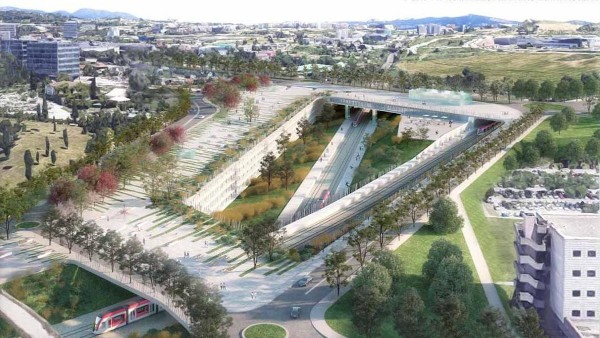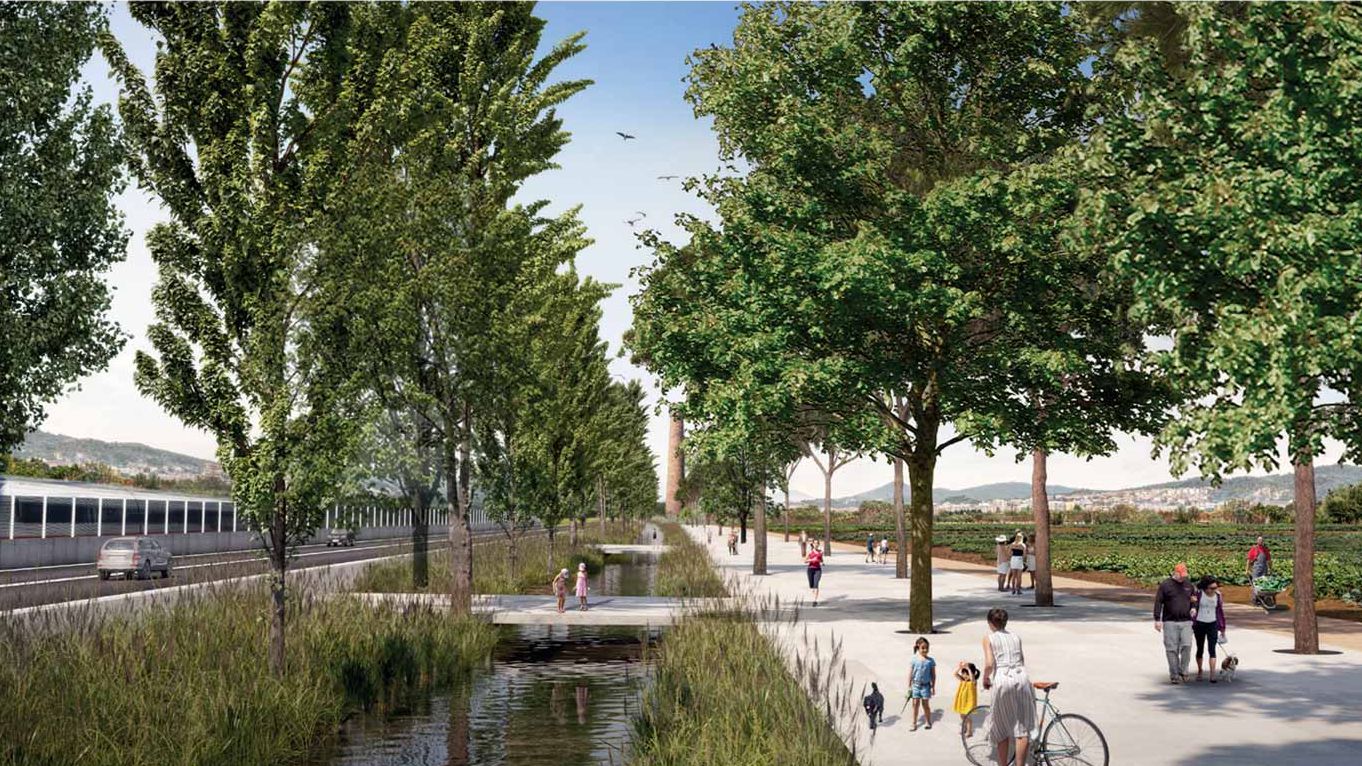The engineers and architects of the Metropolitan Area of Barcelona (AMB) are thinking of a great city in which highways and road junctions can give way to avenues on a human scale, in order to unite municipalities more effectively. This is what the metropolitan Barcelona of 2050 will look like.

Since the 1960s we have seen a large number of road junctions for the benefit of the automobile. But over the last 40 years, urban development has dissolved major urban highways, such as Aragó General Mitre, Via Júlia, the Meridiana or the Diagonal. And, in addition, the Ramblas de Prim and Poblenou, Passeig de Sant Joan, Paral-lel or Via Augusta.
However, nothing of what they propose would make sense without first dissolving the major axes in question, which are responsible for separating municipalities. It is expected that by 2050 Barcelona will be full of Metropolitan avenues.
The metropolitan urban master plan (PDU), which is intended to replace the 1976 metropolitan general plan. It is a document that specifies what can and cannot be done on public and private land. This will lay the foundations for road arteries to cease to be untouchable.
“Great streets for short distances.”
The expectation is that metropolitan avenues, or as the AMB calls them, “great streets for short distances”, will be able to arrive.
The idea is not minuscule, considering that 93% of the trips made in the Metropolitan Area correspond to motorized trips, 5.2 million, 28% of total movements and which do not reach a distance of 10 kilometers.
This raises the question of whether Barcelona requires a large asphalt road for such short distances. In this regard, it is worth mentioning that efficient transportation networks must be available in the first instance.

Fewer private car trips in the Metropolitan Barcelona of 2050
The intention is that by 2050, private vehicle travel will have been reduced by 50%, and there will be road space left over. To illustrate this point, what the AMB expects is that, taking into account that the surface area of the road junctions surrounding the Catalan capital is twice the size of the Eixample. All this surplus asphalt is intended to be converted into habitable places, i.e., corridors from municipality to municipality.
The transition from Bicing to metropolitan bicycles in Barcelona
Thus, metropolitan avenues will not only incorporate bicycles and public transport. Rather, these will be the primary elements to generate life in the form of housing, green spaces and transportation stations. They also intend to change the name of the roads.
In this regard, the Civil Engineer Javier Ortigosa, who is one of the people in charge of drafting the PDU, comments that:
“It is unfortunate that in the last 40 years no time has been invested in imagining beyond the city centers. The interurban has worsened, despite the fact that neighborhoods and squares have been pacified.”
They intend that the efforts that are being made in public transport and sustainable mobility, can give way for the municipalities are more united and a great Metropolitan Barcelona 2050.
